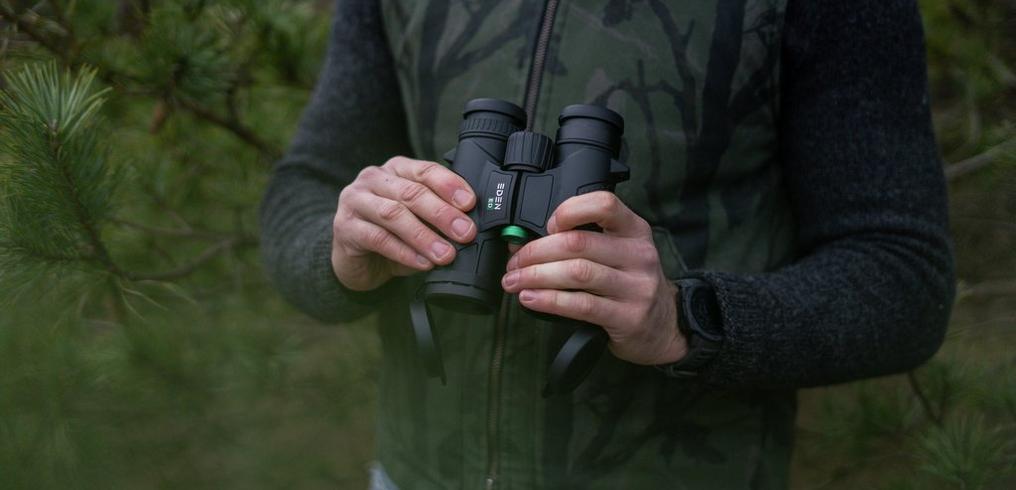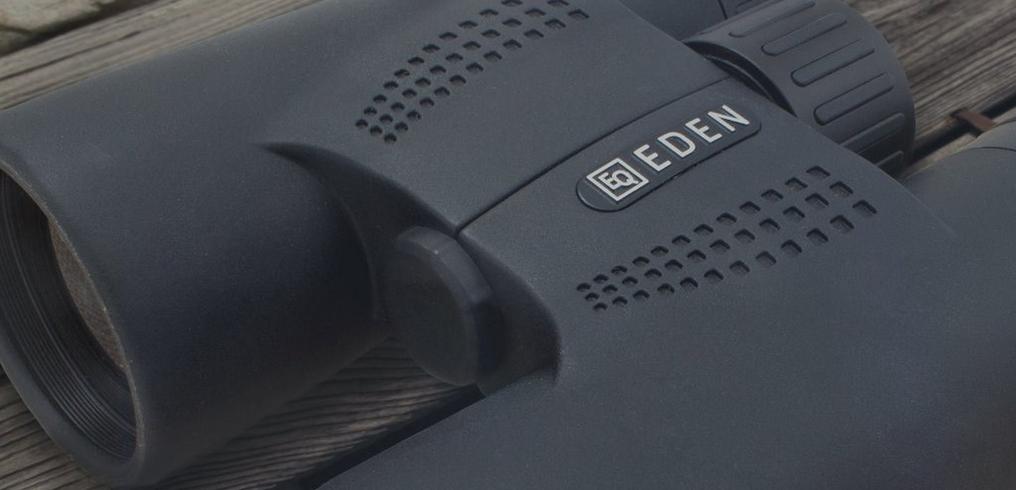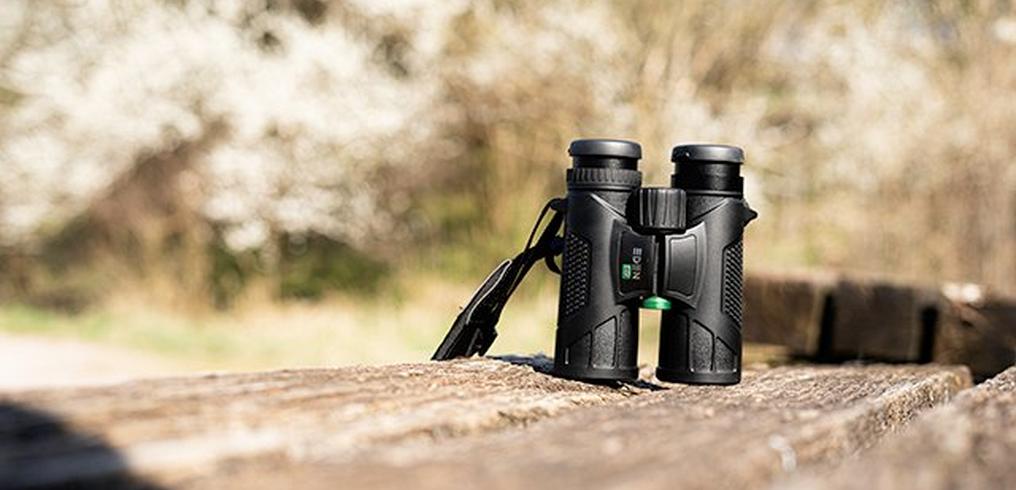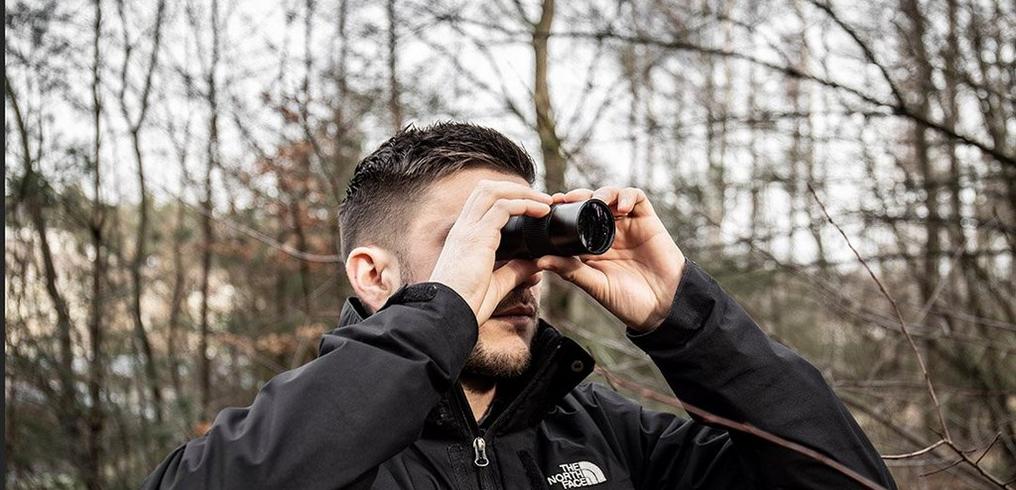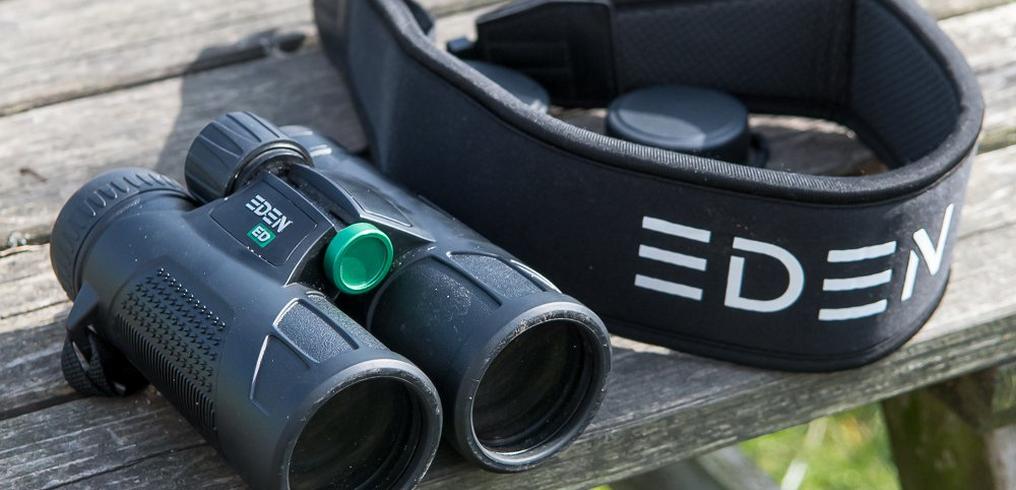What is the twilight factor of binoculars?
A term that is often used in relation to binoculars is the 'twilight factor'. What is the twilight factor and how do you calculate it? We explain everything you need to know about the twilight factor.
What is the twilight factor?
The twilight factor indicates to what extent the binoculars produce a good image at dusk or in other low-light situations. The higher the twilight factor, the more details you will be able to see. In a country such as the Netherlands, which has a relatively long period of dusk or twilight, it is often better to choose binoculars with a high twilight factor. However, in the tropics, for instance, dusk or twilight is of a very short duration and therefore the relative brightness index is more important.
How do you calculate the twilight factor of binoculars?
You can calculate the twilight factor yourself. The general rule is: the higher the twilight factor, the more details you will be able to see. You can calculate the twilight factor by taking the square root of the magnification factor x diameter. So for a pair of binoculars with a magnification factor of 8x42, you take the square root of 8 x 42; the square root of 336 = 18.3
There is also another number that indicates the level of brightness in binoculars. This is called the relative brightness. You can calculate this by squaring (i.e. multiplying the figure by itself) the diameter of the exit pupil (42 / 8 = 5.25 mm). So for our example, that means that the relative brightness is 5.25 x 5.25 = 27.6. The higher this value the better.
Binoculars for during the day or at night
If a pair of binoculars has a twilight factor below 15, then this pair is mostly suitable for daytime use. Binoculars with a relative brightness of higher than 50 can be considered night binoculars. But of course, these boundaries are not set in stone. A high twilight factor combined with a low relative brightness (a 12x40 scope has a twilight factor of 21.9 but a relative brightness of 11.1) will still be difficult to handle.
See also exit pupil.
